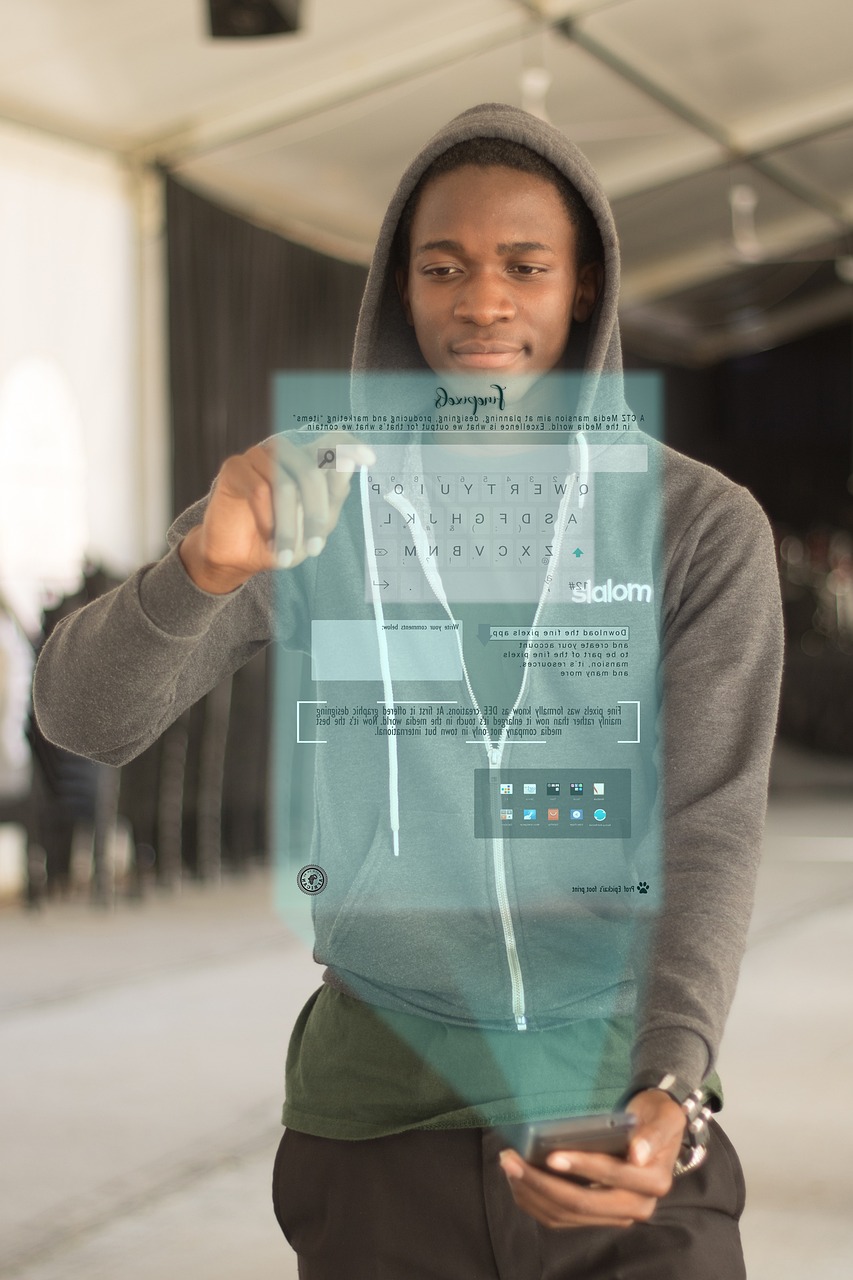What ideas do you have for using holograms in education? How could you use hand tracking to interact with a screen or virtual environment? We have been exploring some emerging technologies and plan to bring some examples along to conferences over the next year. We’d like to hear what you think.
What are the challenges?
In 2018 Imperial College Business School delivered a lecture via hologram as part of a Women in Tech event. The use of 3D models in education is also not new. They have been used in computer simulations and dropped into virtual reality applications for some time. As with many innovations in technology there are challenges to wide scale adoption.
The ability to bring a hologram into a classroom can bring some of the benefits of immersive reality into the learning experience, without the need for headsets. Especially if it was combined with an immersive room see this example from Igloo Vision.
As well as the physical, there are challenges around the creation and portability of content, and the cost of the technology.
There has been some standardisation in the market that will help adoption and re-use of 3D images and models. Kathryn Woodhead, Subject specialist in Jisc recently looked at Immersive technologies and sustainability and highlighted a need for reusable content that can be stored, shared between platforms, and re-purposed.
The retail, entertainment and gaming markets are driving innovation, bringing prices down and this will always bring more opportunities for education. Read more about How immersive technology is reinventing the in-store customer experience a blog post from Saurabh Gupta the Vice President of OOH and Retail for Ultraleap.
Holograms and Hand Tracking
The Proto-M
We have been looking at a 3D display technology from Proto, called the Proto M, a tabletop spatial computing platform, that allows immersive education without the need for headsets. This means it can be used with a group of learners. It consists of a transparent screen with a light box that gives the appearance of a 3D image.
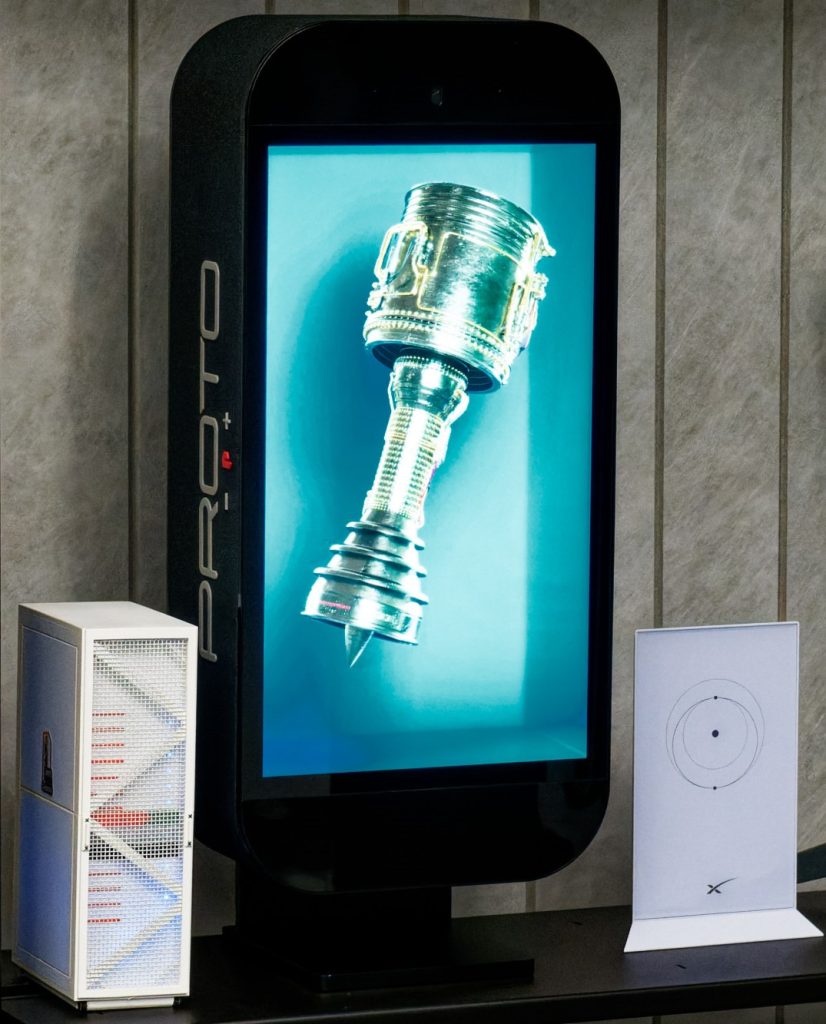
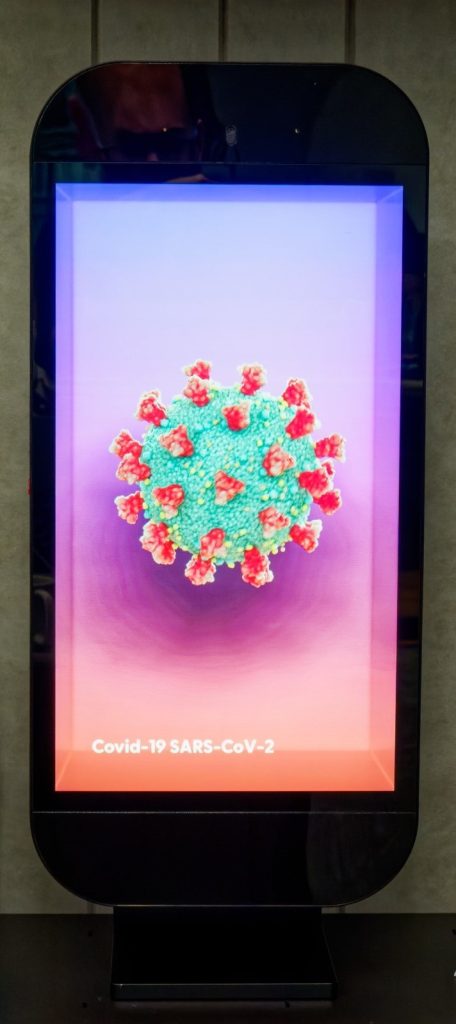
Here are some exciting ways holograms are being used in education, along with innovative ideas for the future:
Remote Lectures and Virtual Classrooms: Delivering a live or recorded presentation (using the larger ‘Epic’ version of the Proto technology) with 3D visuals, bringing subjects to life in an immersive way. See also this example from Harvard University and Deft University have been exploring using holographic projection to deliver lectures simultaneously across multiple sites. It is hoped it will maintain student engagement whilst also reducing the travel and carbon costs.
Medical Education: University of Central Florida – Healthcare Holograms that revolutionise medical education by allowing students to interact with real-life cases in a controlled and safe environment.
Immersive 3D Learning: Displaying interactive 3D models, exploring a three-dimensional representation of complex structures, biological organisms, or historical artifacts. Proto M Promo Video
Touchless Interactions: Using voice commands for hands-free control. Peripherals like LeapMotion motion controller could be integrated with the Proto M to enable touchless interactions.
Conversational Learning with AI Avatars: Proto have developed a hologram avatar, ProtoBot, that uses a 3D image and a generative AI enabled chatbot to answer support questions in the learning resource centre. Students speak to a 3D presentation of a person or robot rather than an impersonal chat panel or screen. You could even have a real person step-into the conversation as a hologram image to deal with more difficult queries.
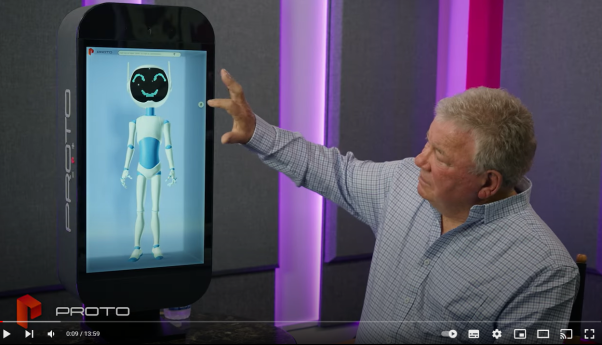
Enabling Better Communication: Gallaudet University has been testing the Proto for deaf students to allow full expression of American Sign -language enabling more expressive communication as can be seen in this YouTube video showing American Sign Language (ASL) using Proto Hologram technology.
There are plenty of possibilities and opportunities for a wide variety of applications in subjects ranging from Science and Mathematics to Arts and History, and Medical education.
For more information about the Proto M and its applications in education, you can visit Proto’s website.
Ultraleap Leap Motion Controller 2
I recently had a chance to try out a hand tracking device from Ultraleap that attaches to the front of a VR headset, tracking hand movement and removing the need for gaming type controllers. The control was amazing; I found it simple to use and I could imagine it would be accessible for users who may struggle to use gaming type controllers. It is also a very affordable add-on to an existing headset. Some headsets are now coming with hand and eye tracking controllers built in. We are seeing a growth in the use of immersive training as the technology becomes more available. This whitepaper about the value of VR/AR for training and learning from Ultraleap explores the opportunities and challenges of a growth in more immersive training.
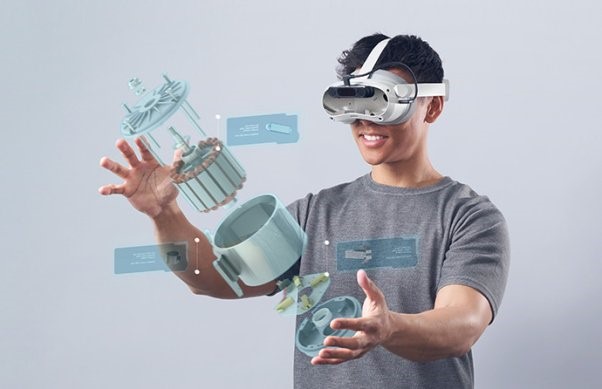
This technology is also being used provide touch free interaction with screens. The controller can be mounted on the screen or even at a distance, removing the needs for the user to be standing by the screen. In practice this could turn any existing non-touch screen (size maybe a limitation at present) into an interactive touch screen, potentially making all classroom screens into smart boards.
A new learning paradigm
Technology already exists to provide realistic hologram images such as Abba Voyage or “solid light holograms” and there are display screens that can project a 3D image beyond the screen. These maybe expensive and beyond the reach of many universities and colleges today. However, we can expect to see all these technologies maturing in the next few years. What place might they have within education? Do they offer us anything we don’t already have?
We expect to see an increasing use within industry, retail, entertainment and healthcare. Leading to students needing to develop the skills and expertise to work within new roles. Embedding more authenticity into the learning process.
We’d like to hear what you think. How might this align with what you are already doing? What are the opportunities or challenges it could help to address? What problems will need to be overcome?
We’ll be at conferences over the next year and invite you to come along and see what we doing. These will include
- Association of Colleges Conference 14-15 November 2023
- Security Conference 21-22 November 2023
- Digifest 12-13 March 2024
- Networkshop June 2024
You can also contact us at innovation@jisc.ac.uk
Many thanks for contributions from
- Steve Hodges, Head of Business Development UK & Europe at Proto Hologram
- Emily Savage / Business Development and Sales Manager at Ultraleap
- Tessa Urlwin, Senior Communications Officer at Ultraleap
- Peter Kent, Luke Somerville-Ford, Jen Parry and colleagues at Jisc

